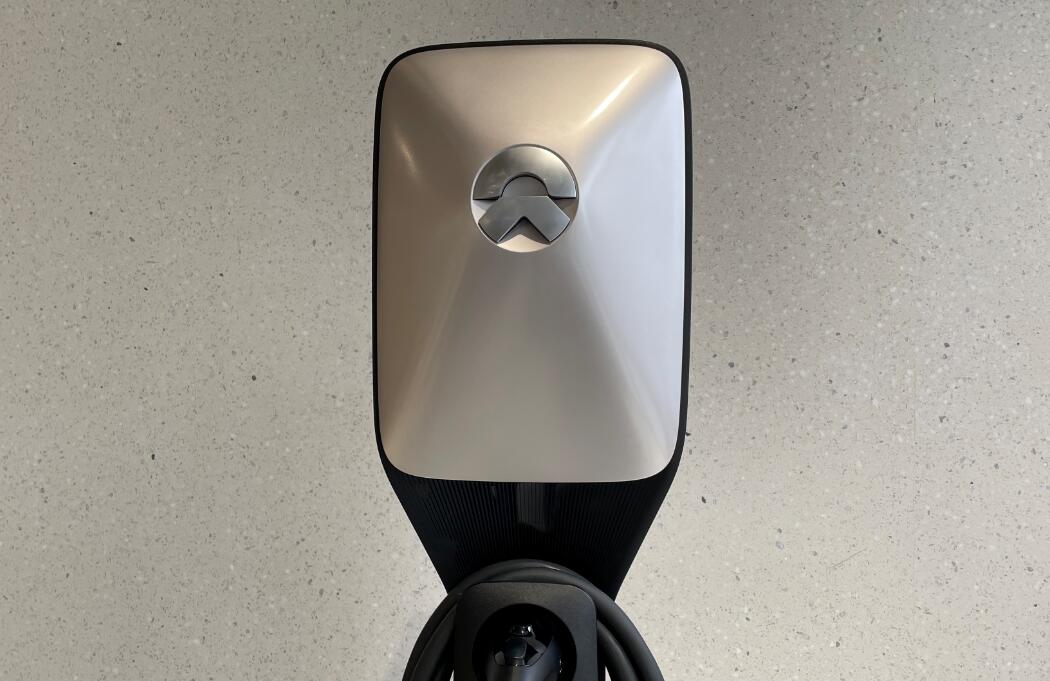(Source: CnEVPost)
New energy vehicle credit policy is a key weapon in China's push to transition the sector to electrification, forcing higher costs on slow movers and rewarding first movers.
An annual report released Monday shows that new energy credit transactions in 2020 were 2.15 million points, with a transaction value of 2.59 billion yuan, up 40 percent from a year earlier.
The unit price of the deals was generally higher than RMB 1,000 ($156), with an average unit price of RMB 1,204 ($188). In contrast, transaction prices in 2018 were mainly concentrated within RMB 1,000, and nearly 90% of transactions in 2019 had a unit price no higher than RMB 500.
China's so-called dual credit plan, which has been in effect since April 1, 2018, allows car companies that fail to meet fuel consumption control requirements to offset negative credits from excessive fuel consumption through their own generated new energy vehicle credits, or by purchasing new energy credits from other companies.
If a car company is unable to get their negative credits to zero, then they need to submit a product adjustment plan to the MIIT and set a deadline for compliance.
Until their negative credits are zeroed out, the substandard products cannot be sold to the public.
Although the above report published an average unit trading price of RMB 1,204, the latest price is actually much higher than that.
A research report by China Industrial Securities showed that the current trading price per unit of new energy credits in China has risen from an initial RMB 300-500 to RMB 2,500-3,000, a maximum increase of nine times.
Size of negative credits has increased 2.6 times
The dual credit plan, as an important support policy to succeed the retreat of new energy vehicle subsidies, is of great significance to the structural adjustment and transformation and upgrading of China's auto industry.
The annual report showed that 137 passenger car companies in China generated a total of 4.32 million positive credits and 11.78 million negative credits in 2020. Among them, positive credits were 4.35 million and negative credits were 1.08 million.
The size of the industry's positive fuel consumption credits carried over to FY2020 and beyond exceeded 10 million points, and the positive credits carried over to FY2020 in 2019 exceeded 2 million points, the report showed.
The 2019 fuel consumption per 100 km for the Chinese passenger car industry is 5.56 liters, a 14% decrease compared to 2016. From the perspective of credits, as the fuel consumption assessment has been tightened year by year, the scale of positive credits has decreased by 45% in that period and the scale of negative credits has increased by 2.6 times.
With the advancement of new energy vehicle technology, the average credits per vehicle for such passenger vehicles increased faster, from 2.79 in 2016 to 4.89 in 2019, an increase of more than 75%. Of these, pure electric passenger cars increased from 3.08 to 5.47, an increase of more than 78%.
The rise in per-vehicle credits combined with the active investment of companies in new energy vehicles has led to a continued expansion in the size of positive credits.
However, as more and more companies join the new energy vehicle industry, the top 10 companies' combined share decreases year by year, from 87% in 2016 to 67% in 2019.


